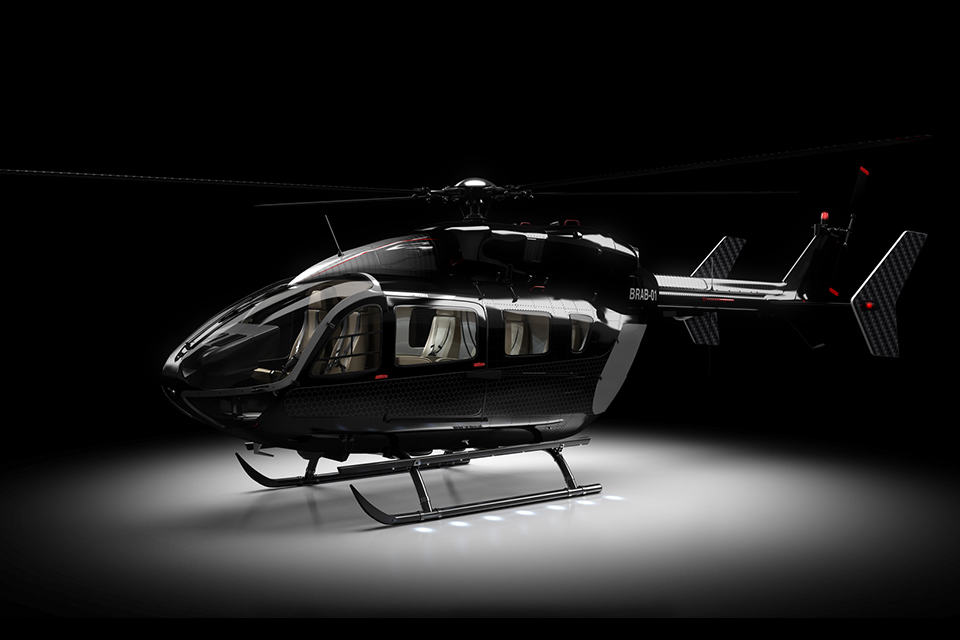4.5 billion passengers were carried by the world’s airlines which produced 915 million tonnes of CO2 in 2019. 915 million tonnes may be a large number, but in realty, it is just a drop of the ocean – or mere 2% – compared to all human-induced carbon dioxide emissions and just 12% of all transport-related emissions (source: ATAG).

However, the “small number” does not stop Airbus from wanting to take action and work towards zero emission flights. The European multinational aerospace corporation has revealed three concepts, codenamed ZEROe, for the world’s first zero-emission commercial aircraft which it plans to put into service by 2035.
Airbus’s idea is to modify the engines to run on hydrogen in order to achieve zero emissions.
The aircraft revealed includes a transcontinental-capable turbofan passenger jet with a capacity of 120-200 passengers, a turboprop jet with up to 100 passengers capacity and a “blended-wing body” concept that can carry up to 200 passengers.

For the uninitiated, the “blended-wing body” is Airbus’ idea of future of passenger jet that already have a scale demonstrator under study. It is not to be confused with the KLM-TU-Delft Flying-V concept which Airbus is also involved in.
The turbofan design is powered a modified gas-turbine engine running on hydrogen stored in the rear pressure bulkhead and it will have over 2,000 nautical miles (3,704 km or 2,302 miles) range.
Similarly, the turboprop concept is has a turboprop engine driven by modified gas-turbine engines that will take it over 1,000 nautical miles (1,852 km or 1,151 miles). Finally, the blended-wing body concept is powered is of a turbofan design and shares the same range as the turbofan concept.
Obviously, there are more to it than whipping the engineering magic to turn aviation fuel-guzzling gas turbine engines into hydrogen-fueled engines. Airports will require significant hydrogen transport, storage and refueling infrastructure to support this new sustainable fuel.
Also, it is important to note that Airbus is evaluating and validating these new concept aircraft and access if they could be matured into viable future products. So, yeah, nothing is cast in stone yet. But at least there’s hope for a cleaner air space. And you know what? We should totally modify internal combustion vehicles to run on hydrogen too.
Images: Airbus.
Source: Inhabitat.





